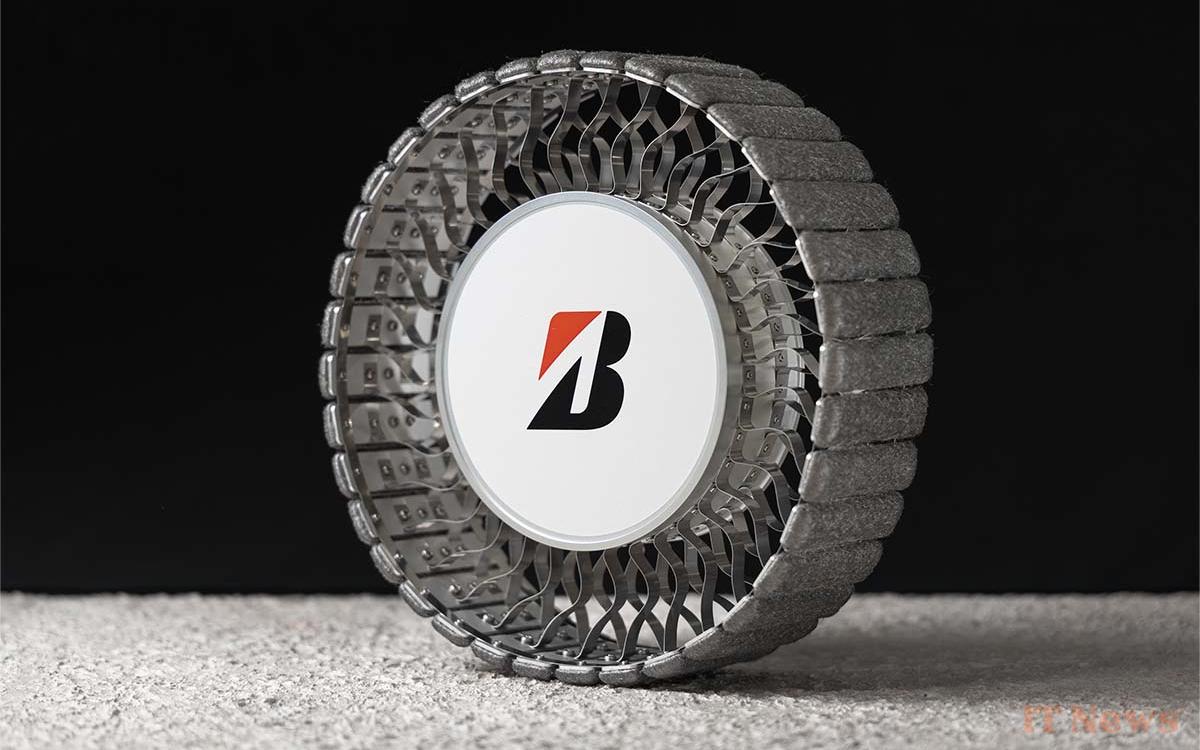Returning to the Moon poses unexpected challenges, even for a simple wheel. Under extreme temperatures and with no possibility of punctures, space tires must be redesigned. Several industry giants are already testing highly original solutions.
Since the Apollo missions, space technologies have evolved considerably, but some problems remain. Top of the list: how to get a vehicle to the Moon or Mars without risking a critical failure. A single damaged tire could jeopardize an entire mission. In these hostile terrains, where there are no garages or tow trucks, everything has to be redesigned, including the wheels.
According to the BBC, which spoke with officials from the US space agency (NASA) and several manufacturers, astronauts are expected to return to the Moon by 2027 as part of the Artemis program. Unlike previous missions, the new rovers will have to travel much greater distances. The goal is to cover 10,000 kilometers over ten years, in extreme conditions down to -230°C. Conventional tires are unusable for this purpose. They must be replaced with materials that can withstand cold, abrasive dust, and repeated impacts.
Michelin, Bridgestone, and others are designing airless, flexible, and durable lunar tires
Several companies are working on wheels that can deform without damage and then regain their shape. Michelin is testing a high-performance plastic structure, while Bridgestone is taking inspiration from camel cushions to distribute weight on the lunar surface. These airless tires must also support much heavier loads than those of the Apollo missions. Future rovers will carry scientific modules and even mobile habitats. And on Mars, the higher gravity will make the task even more complicated.
Other innovations rely on alloys such as nitinol, a “soft” metal that always returns to its original shape. Already tested on the Martian rover Curiosity, this material could also be used on Earth. A company is currently developing nickel-titanium-based bicycle and motorcycle tires designed to last in harsh environments. Meanwhile, Michelin and Bridgestone are presenting their prototypes to NASA this month. The US agency could choose a single project or combine several technologies to equip its future missions.





0 Comments